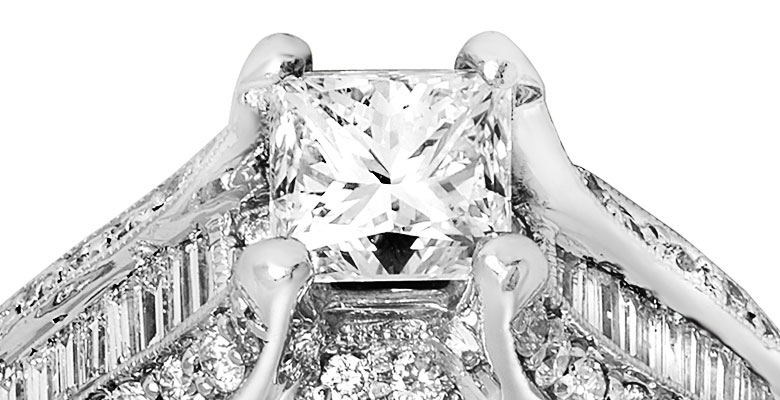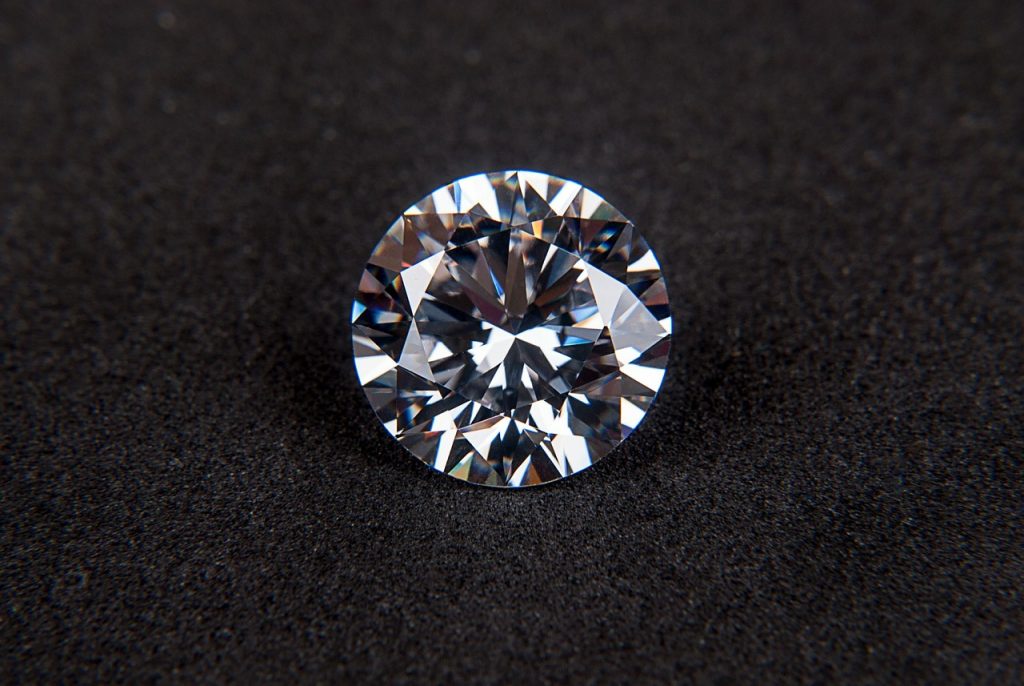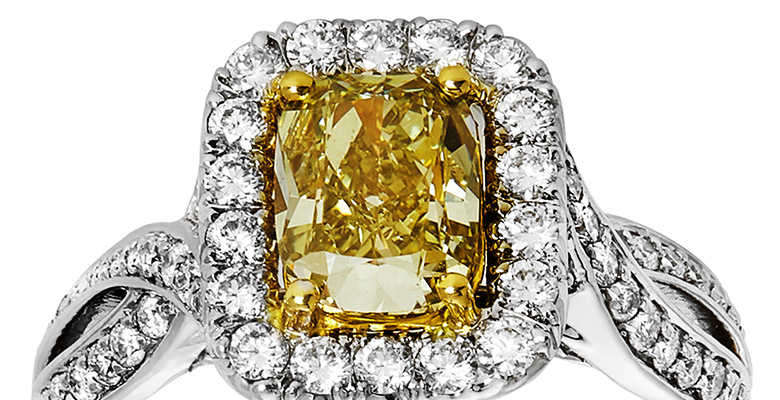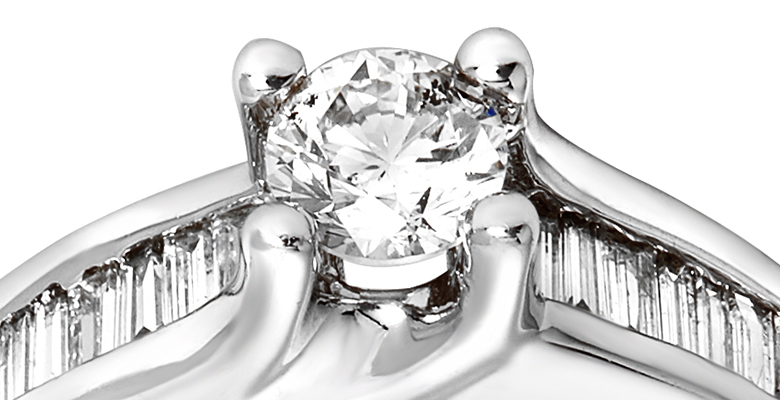It’s February, and love is in the air! Valentine’s Day is the perfect time to show that special someone just how much you care. Sometimes, finding the perfect gift can be daunting, but don’t worry—we’re here to help!
Not only is all diamond fashion 20% OFF in-store and online, but we’ve also put together a Valentine’s day gift guide! Check it out below to see a hand-picked selection of gorgeous pieces for all budgets and styles.
Under $100

In-Store Special – $19.99
This adorable sterling silver heart is stamped with Love—and only costs $19.99! You can’t go wrong with this sweet little pendant.

Chamilia Beads & Charms – $10
For the charm bracelet lover, Chamilia beads and charms are the way to go. These sterling silver treasures are 50% OFF online and ONLY $10 each in-store!

Katie Nickelle CZ Heart – $50
Another sterling silver treasure, this petite pendant features glittering cubic zirconia plus an adorable gift box!

Titanium Cuff Links – $80
Lightweight yet amazingly strong, these titanium cuff links make an excellent gift for a professional man.

Pearl Earrings – $80
Every lady needs a pair of pearl earrings. These are mounted on 14kt white gold posts and are perfect for any occasion!

Sterling Silver & CZ Ring – $99
For the lady who loves a little bit of bling, this one speaks for itself—just look at that sparkle!
Under $500
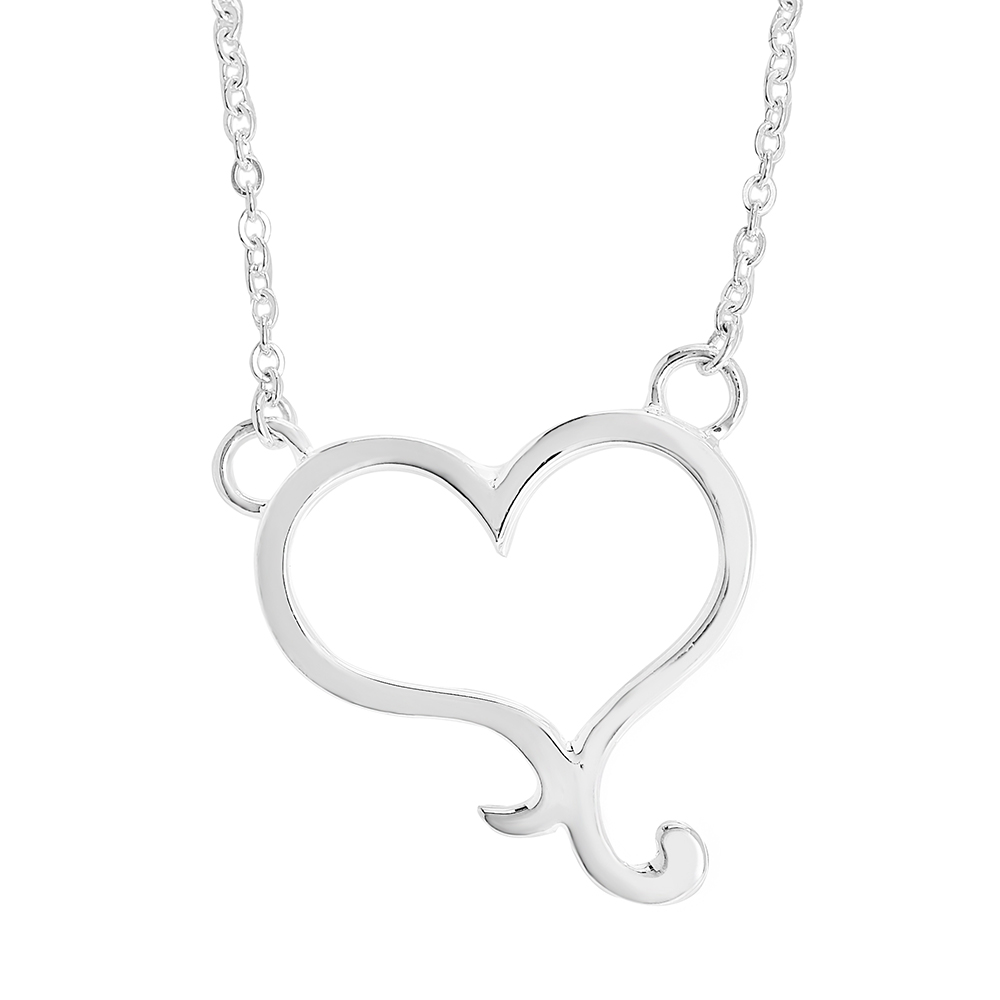
Custom Made Heart Pendant – $100
For the lover of all things local, this gorgeous sterling silver pendant was actually designed & crafted right here at Service Jewelry & Repair!
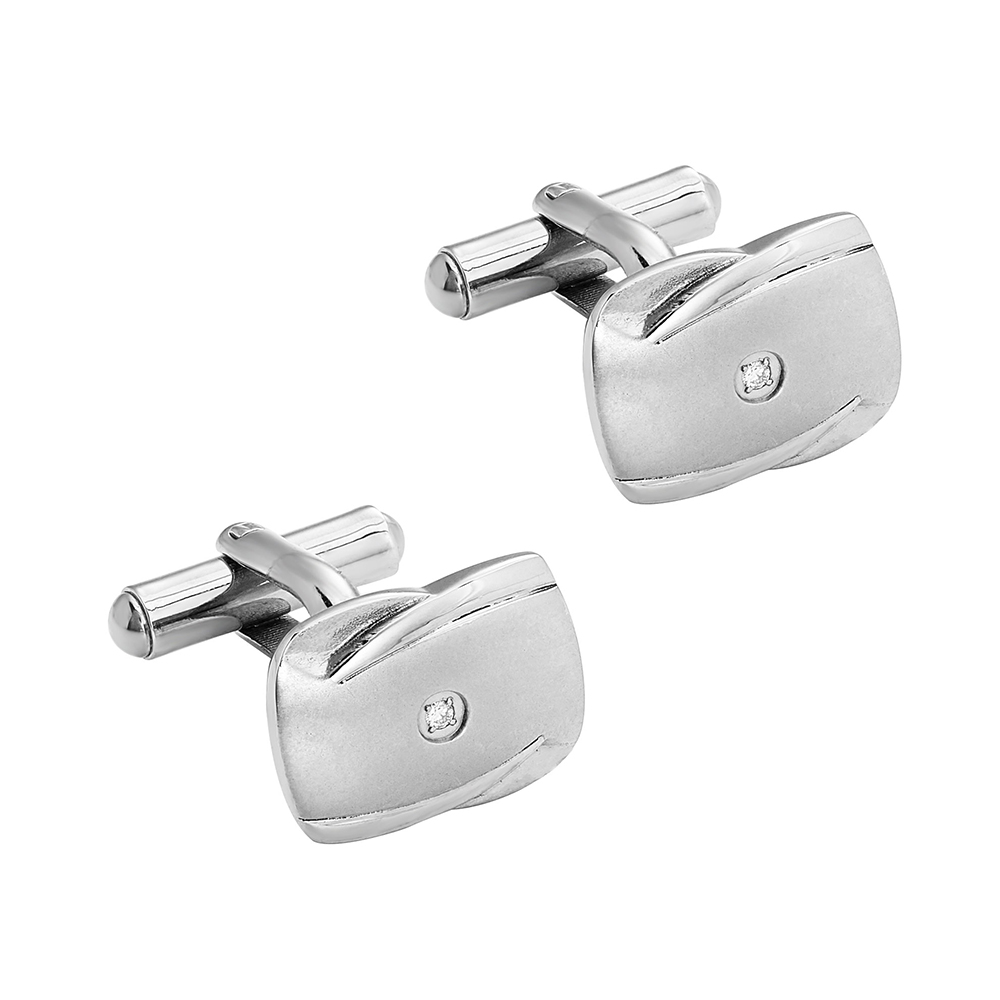
Diamond & Stainless Steel Cuff Links- $100
Another classy gift for a professional man, these cuff links are crafted from durable stainless steel and feature tiny diamond accents.

Pink Sapphire Earrings – $200
For the lady who loves pink, these sterling silver earrings feature gorgeous created pink sapphires plus white sapphire accents!

0.25ctw Diamond Pendant – $300
Set in classic 14kt yellow gold, this 0.25ctw princess cut diamond will definitely put a smile on her face!

1.00ct Diamond Heart Pendant – $400
There’s nothing more classic than a diamond heart pendant. This one is made from stunning 10kt white gold and features 20 mesmerizing diamonds!
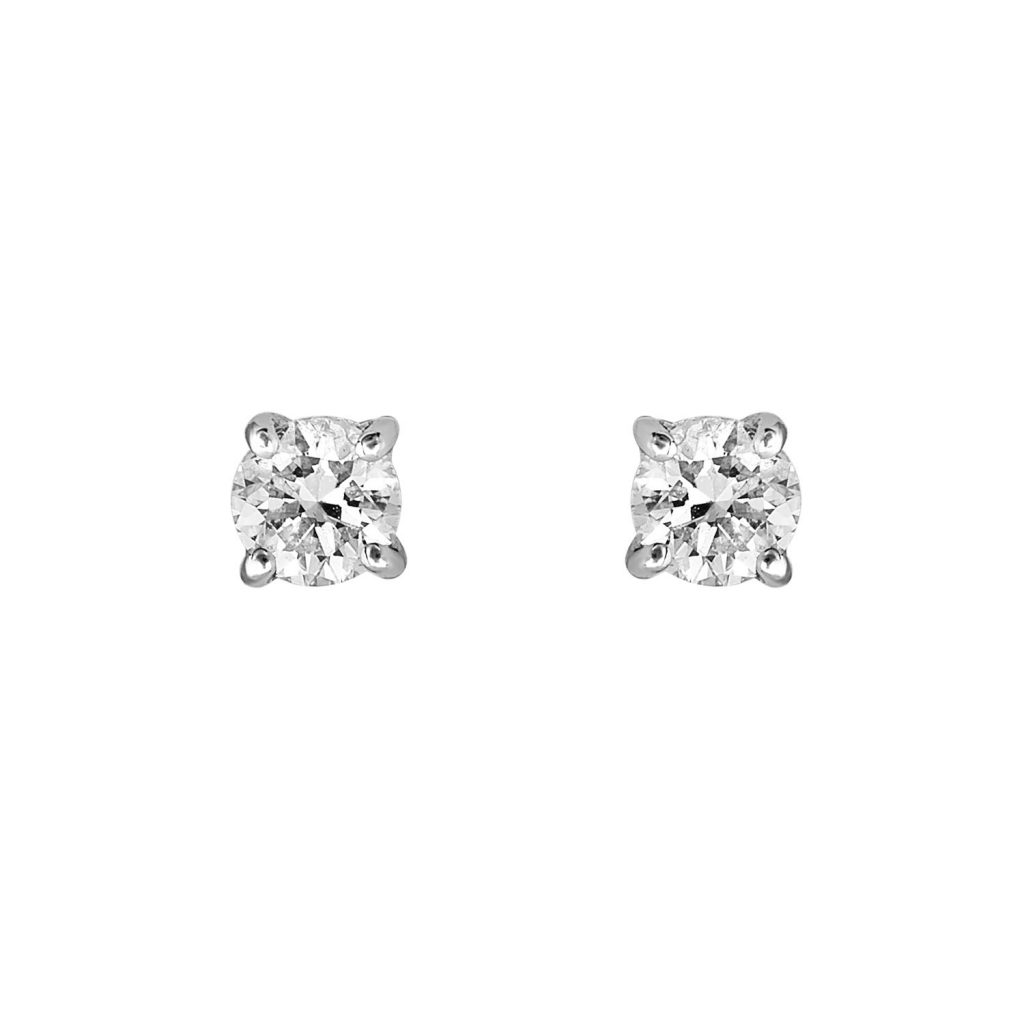
0.25ctw Diamond Studs – $400
Diamond studs are an absolute staple in any woman’s jewelry box. This pair is set in 14kt white gold, accenting that signature diamond sparkle!

Yellow Quartz Pendant- $420
For the lover of natural gems, this pear-shaped quartz pendant will not disappoint! Featuring one-of-a-kind inclusions, she’ll be admiring her precious gem for years to come.

EFFY Two-Tone Cuff Links – $495
For the man with incredible style, these EFFY cuff links feature rows of jet black sapphires accented by gold detailing.
Under $1000
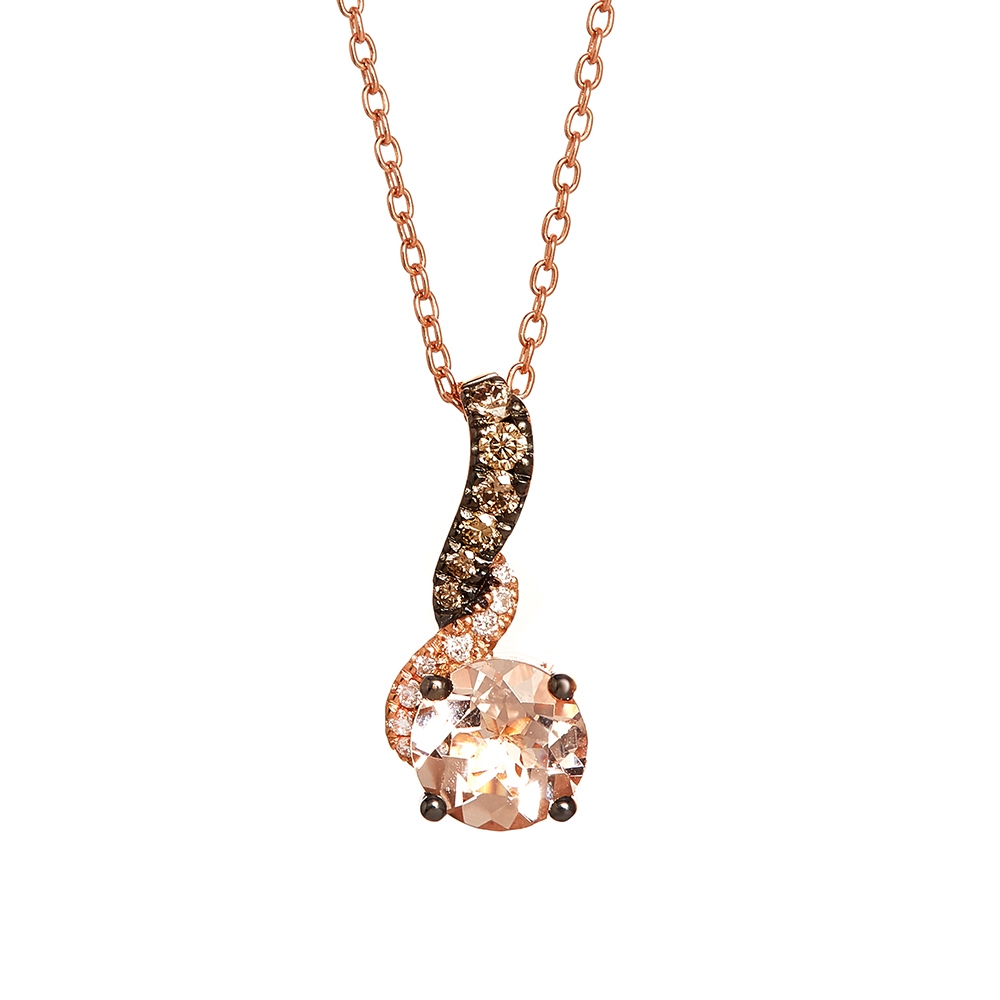
Le Vian Morganite Pendant – $599
For the woman who loves designer jewelry, this Le Vian pendant will definitely delight! Made from 14kt rose gold, it features chocolate and vanilla diamonds plus trendy morganite!
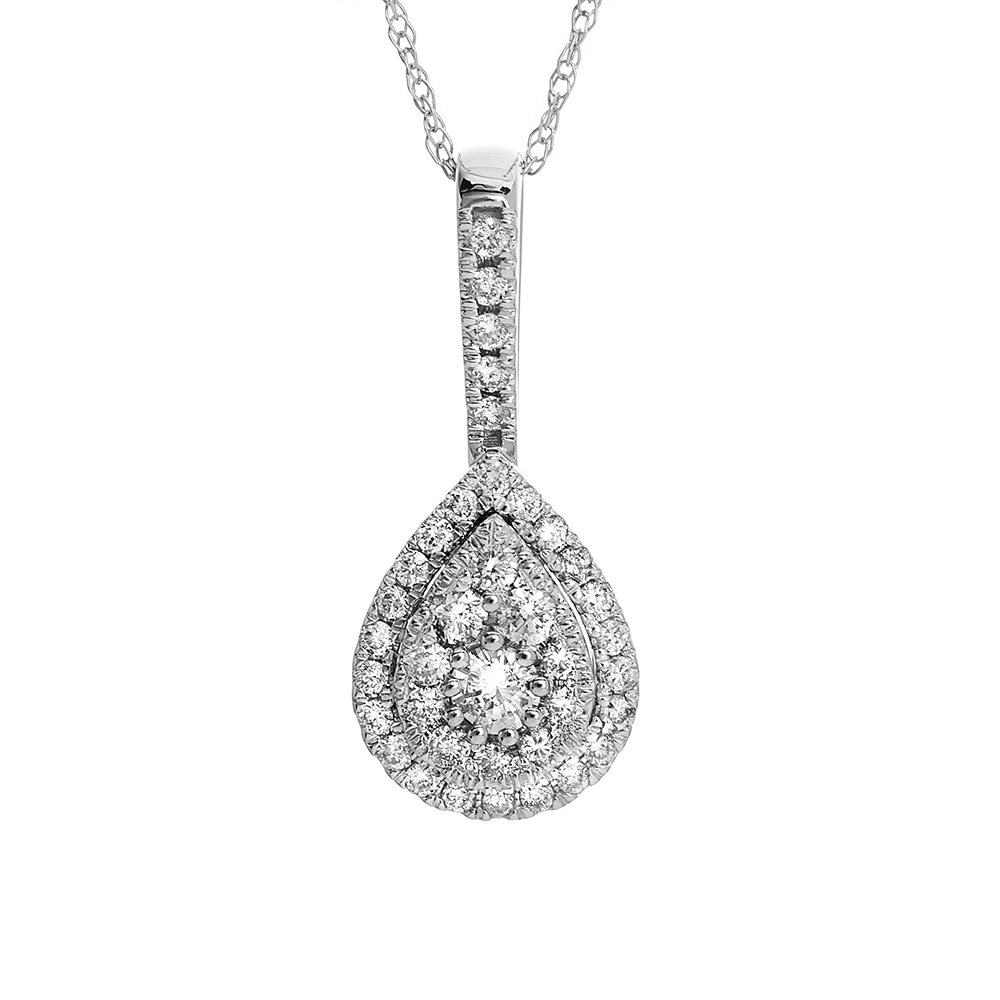
0.35ctw Diamond Pendant – $680
For the diamond lover, you won’t want to miss this deal! This 14kt white gold pendant is 20% now until Valentine’s Day!

Gentleman’s Diamond Ring – $720
Another amazing diamond-lover deal—this 10kt yellow gold ring features 5 diamonds and is 20% now until Valentine’s Day!
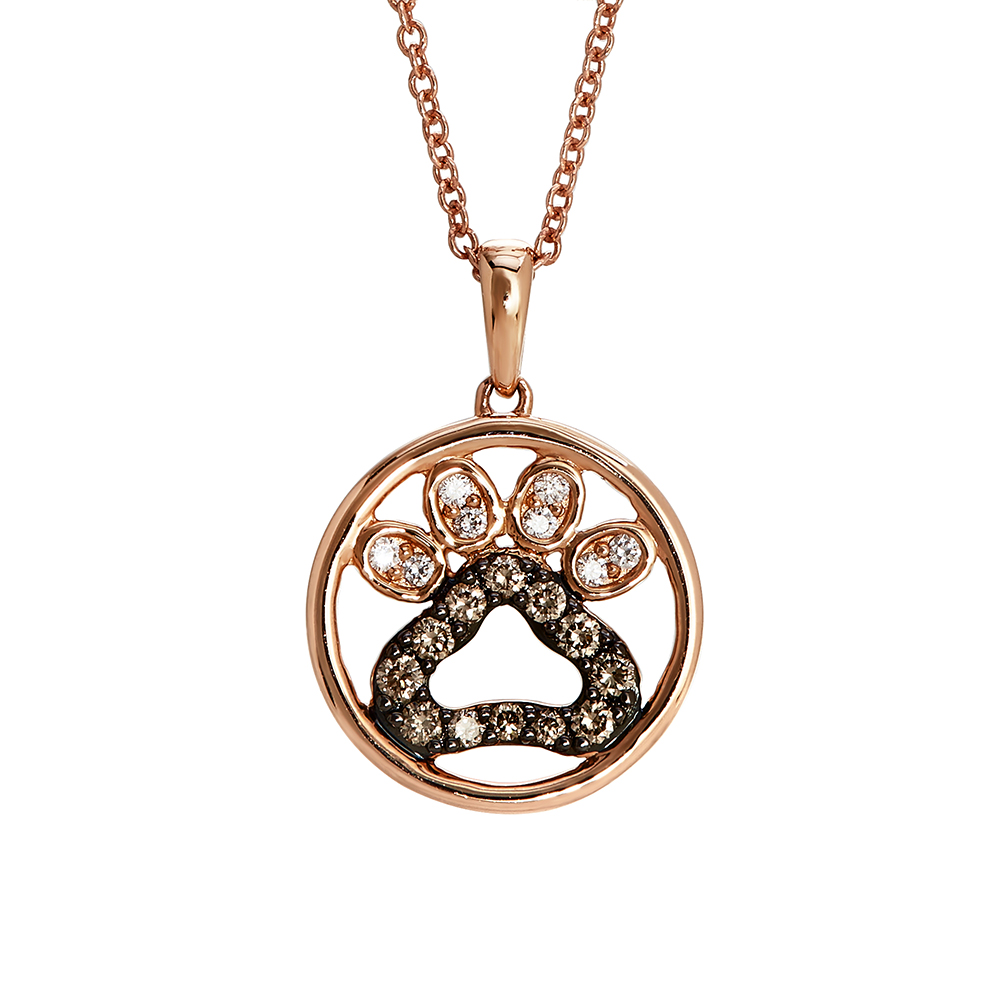
Le Vian Paw Pendant – $799
Is your sweetheart a pet lover? Look no further than this diamond-encrusted paw print pendant, featuring 14kt rose gold plus chocolate and vanilla diamonds!

EFFY Diamond Heart Pendant – $820
This petite designer pendant blends traditional and modern design—perfect for the lady with trendy taste!
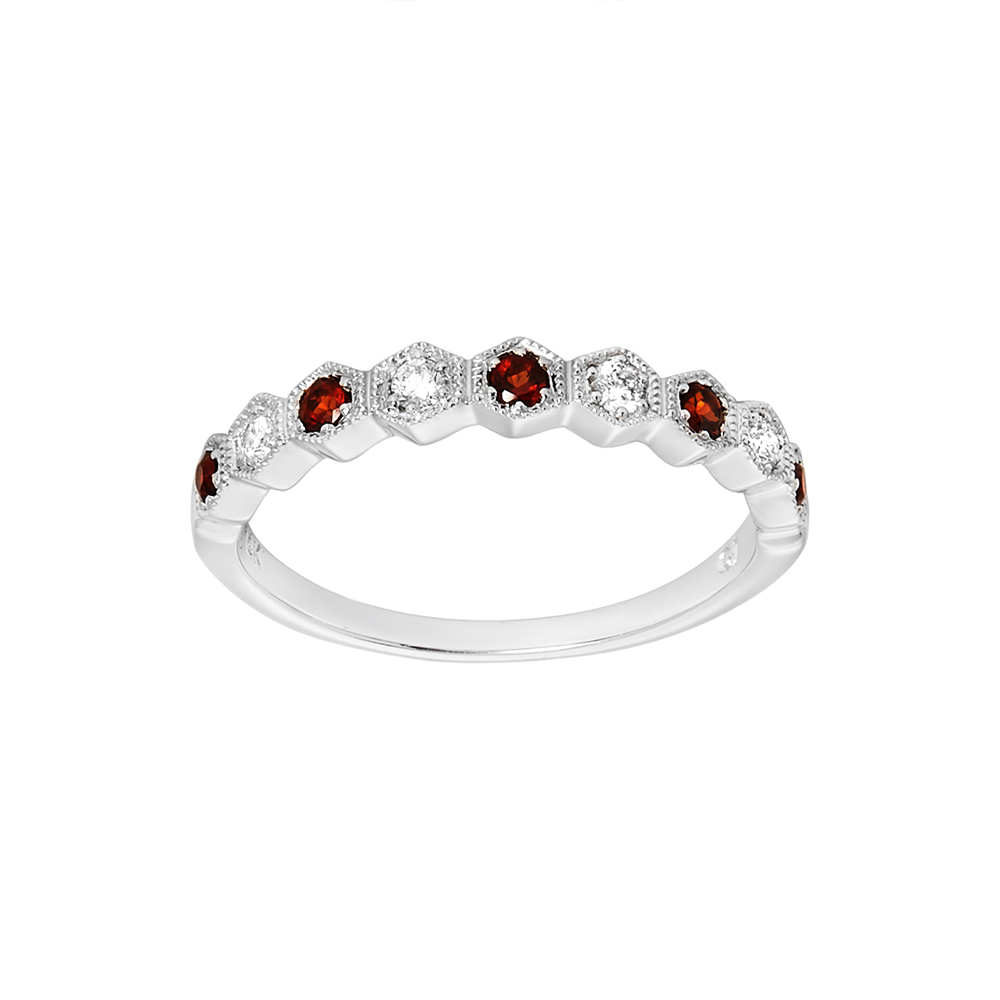
Red Garnet & Diamond Ring – $900
For the lady with classic style, a subtle gemstone band like this will always stand the test of time.
$1000 & Above
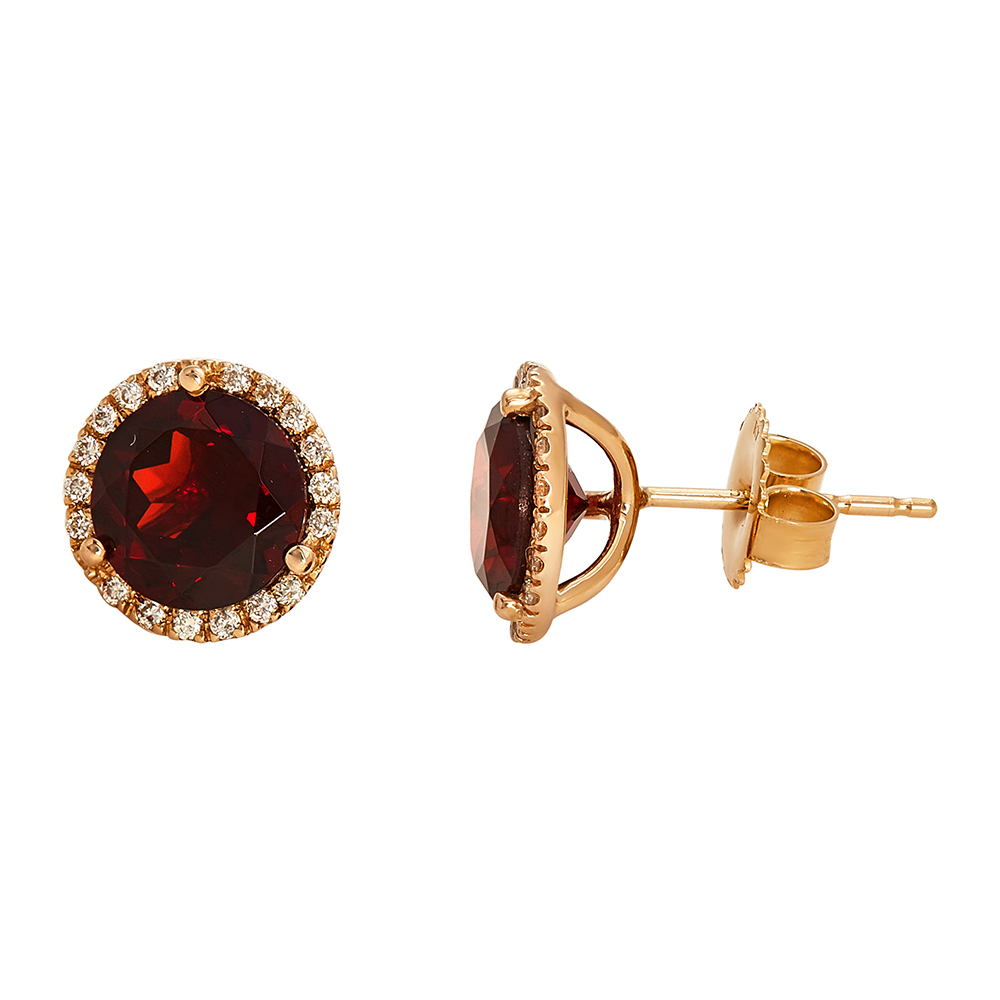
Red Garnet & Diamond Earrings – $1000
These red garnet & diamond earrings are perfect for the lady who loves romantic gestures. Made from 14kt yellow gold, these earrings will last a lifetime and beyond.
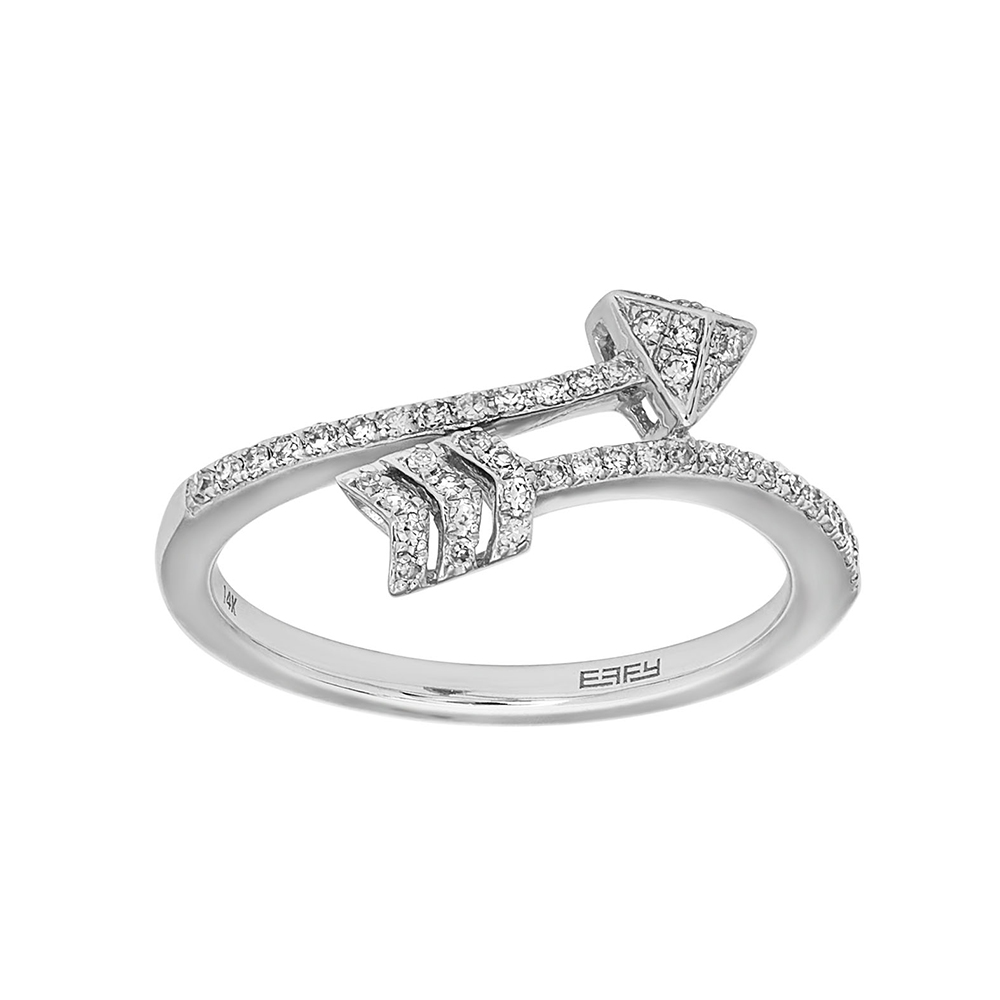
EFFY Arrow Diamond Ring – $1075
Help cupid strike her heart with this diamond-encrusted arrow ring by EFFY—another delightful gift for any designer jewelry lover.

Rose Gold & Diamond Bracelet – $1400
20% off now until Valentine’s Day, this rose gold & diamond bangle-style bracelet is adjustable to fit a variety of wrist sizes!

14ktw Diamond Engagement Ring – $2000
Are you ready for the grandest romantic gesture of all? How about a stunning diamond engagement ring to pop the big question!?

Le Vian Ombre Sapphire Earrings – $2248
Ombre sapphires and 14kt rose gold make these hoop earrings an easy pick for the woman who’s always on trend.

1.00ctw Diamond Studs – $2500
We’ll say it again because it’s true—every lady needs a pair of gorgeous diamond studs! At 1.00ctw, these are absolute STUNNERS!

18kt Diamond Fashion Ring – $7200
20% off now until Valentine’s Day, this amazing ring is enough to make any serious diamond lover swoon!
Looking for the personal touch?

Virtual Personal Shopping
As always, our friendly sales associates are ready to assist you in-store, but if you’d rather stay home and don’t want to shop online, we’re offering our Contactless Concierge service too!





